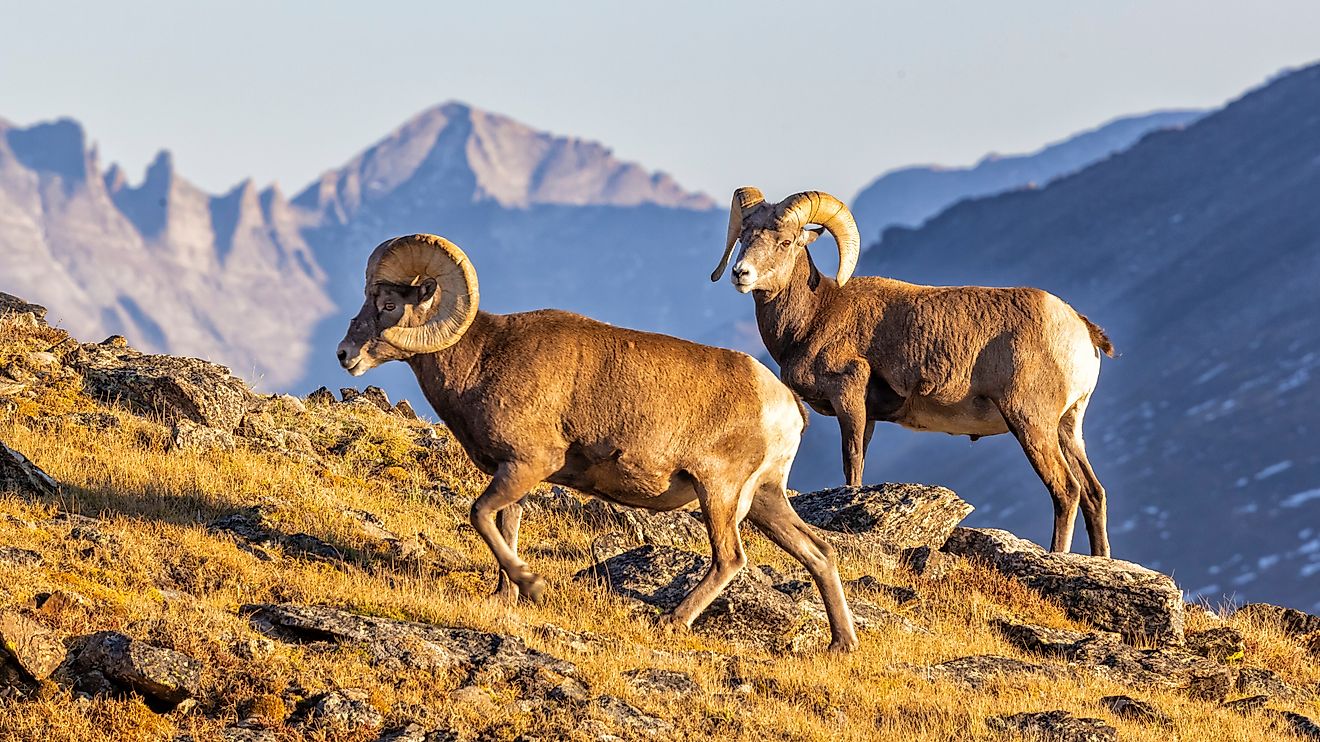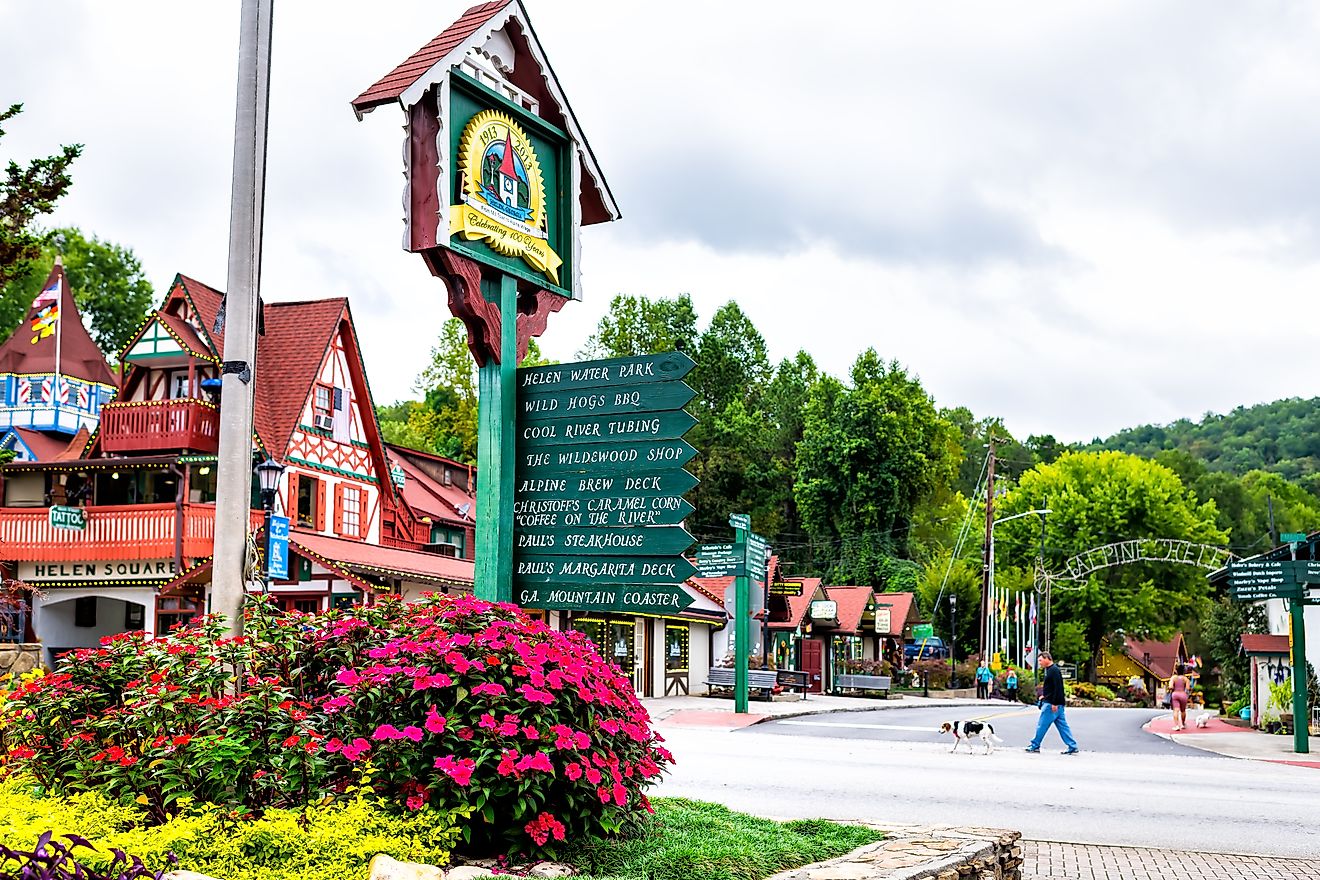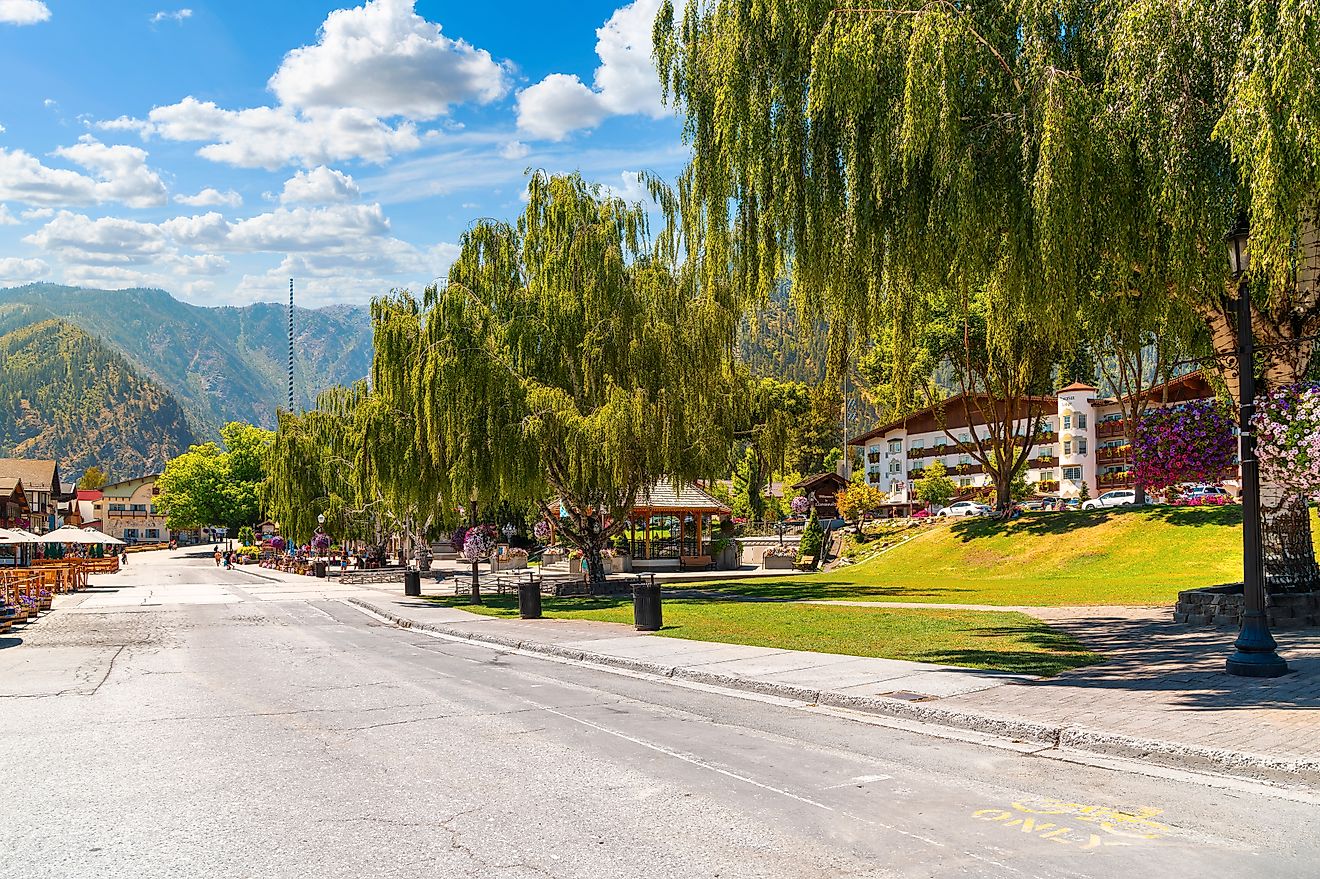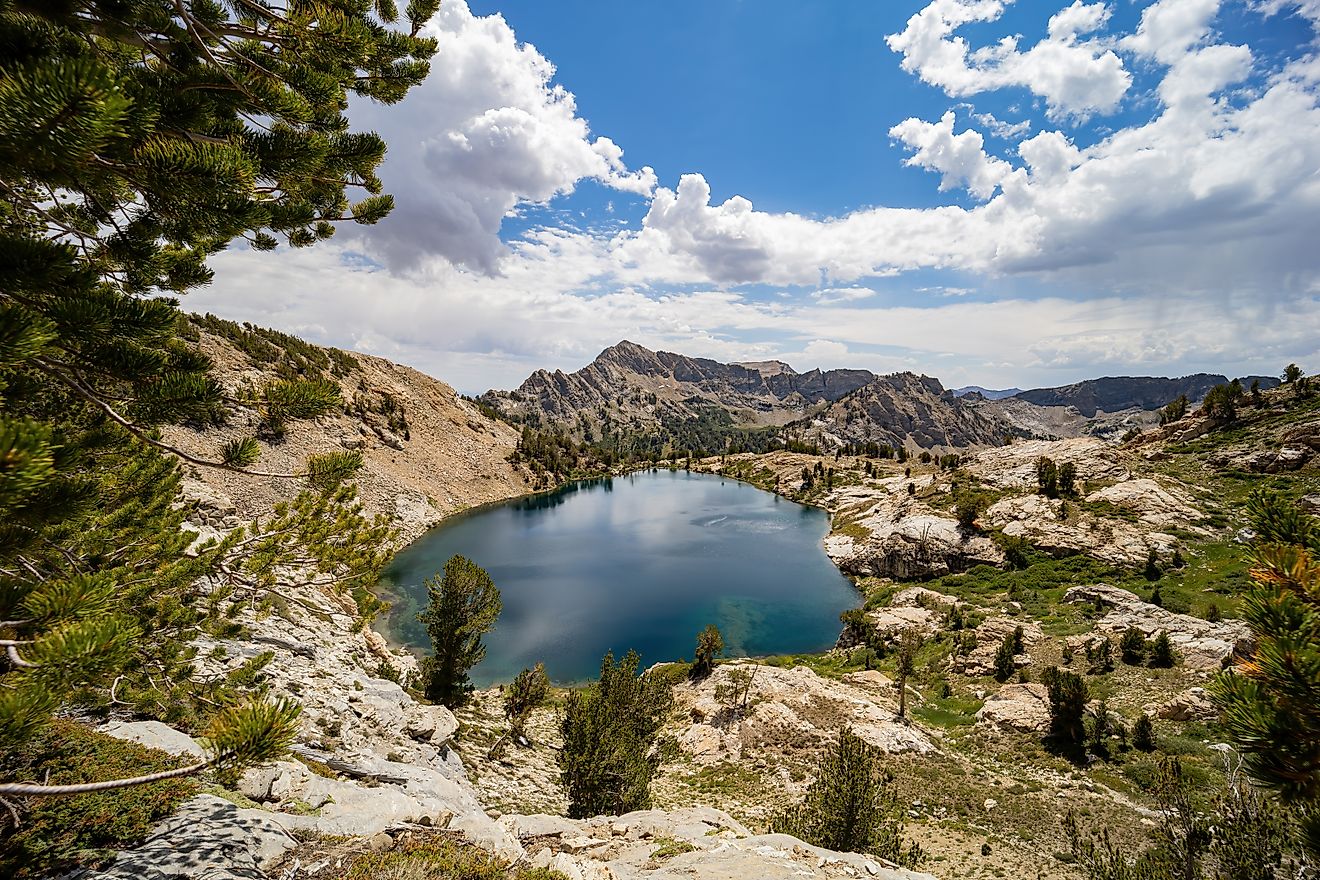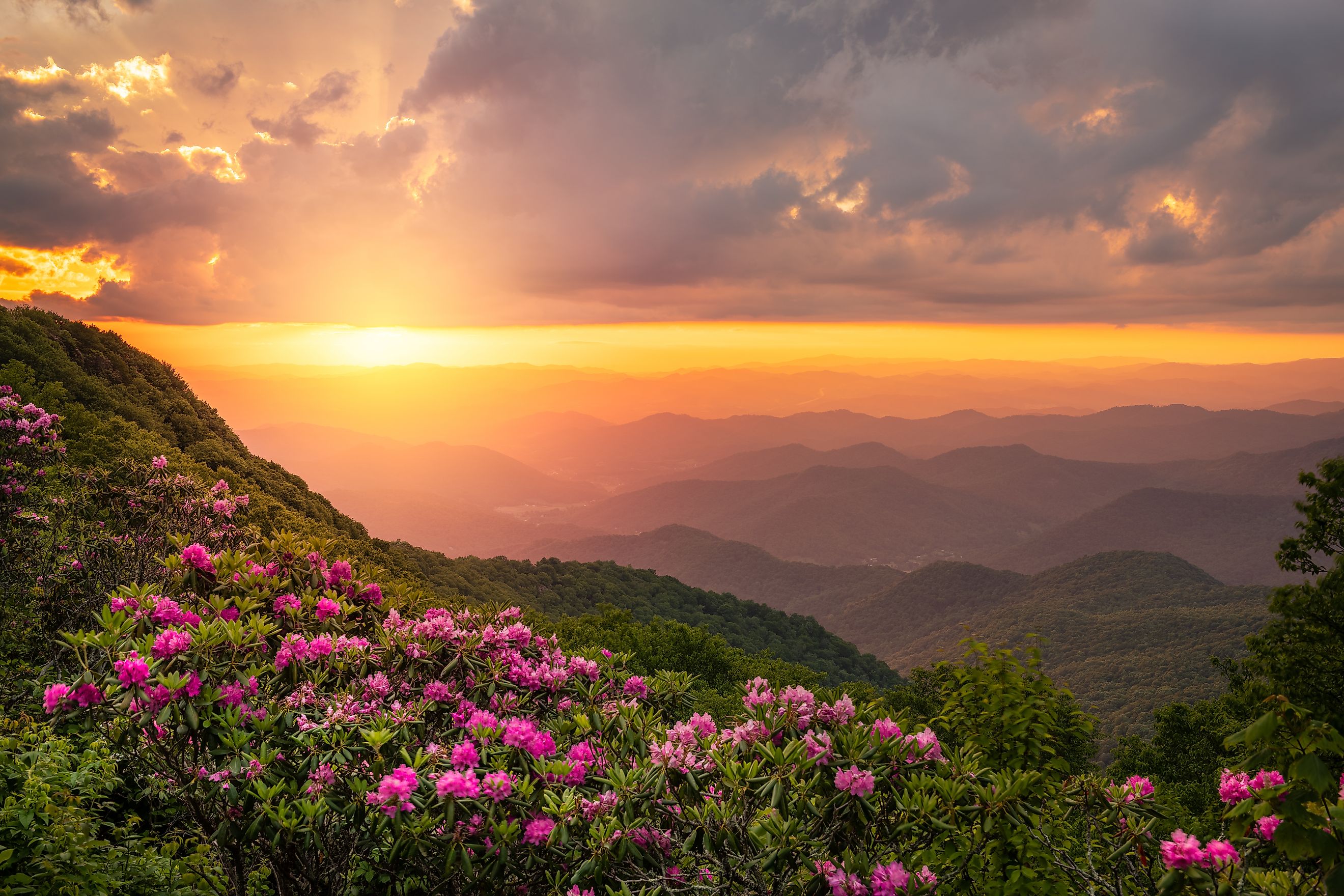
The 5 Major Mountain Ranges in the US
From towering snow-capped peaks to forested ridgelines that roll on for hundreds of miles, the United States is home to a variety of major mountain ranges that define its geography and shape its natural identity. These mountain ranges are more than just physical formations; they are cultural landmarks, geological wonders, and prime destinations for adventure seekers, ecologists, and historians.
Each range has its own story. Some are ancient and eroded, with timeworn rocks older than most of the land surrounding them. Others are young and dramatic, still being reshaped by the tectonic forces deep below the Earth’s surface. These mountains hold some of the country’s highest peaks, deepest canyons, rarest wildlife habitats, and most iconic views.
Whether you're curious about the oldest rocks in North America, eager to explore alpine trails, or simply want to understand the terrain that shaped American history and weather, these five major mountain ranges are worth knowing.
The Rocky Mountains

-
Length: 3,000 miles
-
Age: 80 to 55 million years
-
Location: Western US (from New Mexico to Montana)
The Rocky Mountains are arguably the most iconic mountain range in the United States. Stretching from northern New Mexico all the way through Colorado, Wyoming, Montana, and into Canada, the Rockies are a dominant feature of the western US landscape. Their snow-covered peaks, deep valleys, and alpine lakes have been immortalized in countless photographs and stories.
The range formed between 80 and 55 million years ago during the Laramide orogeny, a period of intense tectonic activity. Today, the Rockies continue to be uplifted and reshaped by geological forces, though erosion also plays a powerful role.
Some of the most famous parks and destinations are nestled within the Rockies, including Rocky Mountain National Park, Grand Teton National Park, and Glacier National Park. The range also serves as a critical source of freshwater, with snowmelt feeding major rivers like the Colorado and Missouri.
The Appalachian Mountains
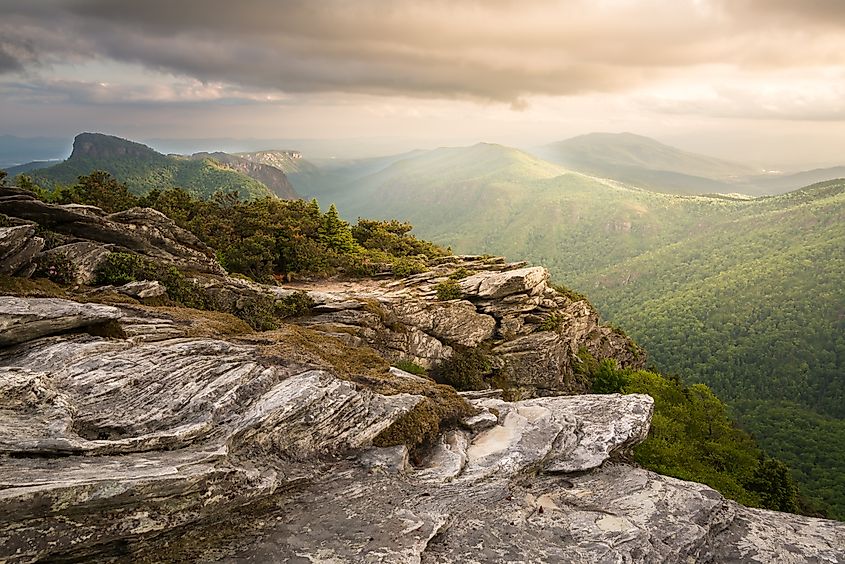
-
Length: 1,500 miles
-
Age: Over 480 million years
-
Location: Eastern U.S. (Alabama to Maine)
Running from northern Alabama to the Canadian province of Newfoundland and Labrador, the Appalachian Mountains are one of the oldest mountain ranges on Earth. Unlike the jagged Rockies, the Appalachians have been worn down over hundreds of millions of years into smooth, forested ridges.
They are rich in biodiversity and cultural history. The Appalachians were once part of an ancient supercontinent and have been inhabited by Indigenous peoples for thousands of years. They later became a barrier and a backdrop to early American colonial expansion.
The range is home to the Appalachian Trail, a world-famous long-distance hiking route that spans over 2,000 miles. Other highlights include Great Smoky Mountains National Park and the Blue Ridge Parkway.
The Sierra Nevada
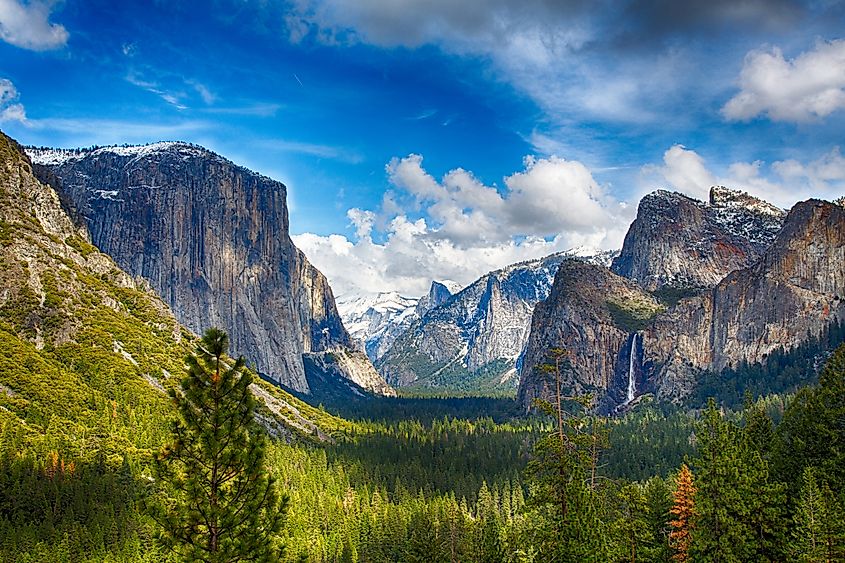
-
Length: 400 miles
-
Age: 40 million years
-
Location: California and western Nevada
The Sierra Nevada is a massive mountain range running along the eastern edge of California and extending slightly into Nevada. Known for its dramatic granite peaks and famous national parks like Yosemite, Kings Canyon, and Sequoia, the Sierra is both geologically and visually stunning.
The range was formed as a result of tectonic and volcanic activity beginning about 40 million years ago. The Sierra Nevada also includes some of the tallest peaks in the contiguous US, including Mount Whitney, the highest point in the Lower 48.
The Sierra Nevada is a key source of California’s water, thanks to heavy snowfall that feeds into the state’s rivers and reservoirs. It also holds the world’s largest trees, giant sequoias, which grow only on its western slopes.
The Cascade Range

-
Length: 700 miles
-
Age: Mostly less than 5 million years
-
Location: Northern California to British Columbia
The Cascade Range stretches from northern California through Oregon and Washington and continues into British Columbia. This volcanic mountain chain is part of the Pacific Ring of Fire and includes several active volcanoes such as Mount St. Helens, Mount Rainier, and Mount Hood.
Geologically, the Cascades are much younger than other major US ranges. Many of its peaks have been formed or reshaped in the last few thousand years, with Mount St. Helens famously erupting in 1980.
The range is covered in dense temperate rainforest at lower elevations and snowfields at higher ones. It is a critical component of the Pacific Northwest’s ecosystem, supporting a wide range of wildlife and providing fresh water to millions.
The Alaska Range
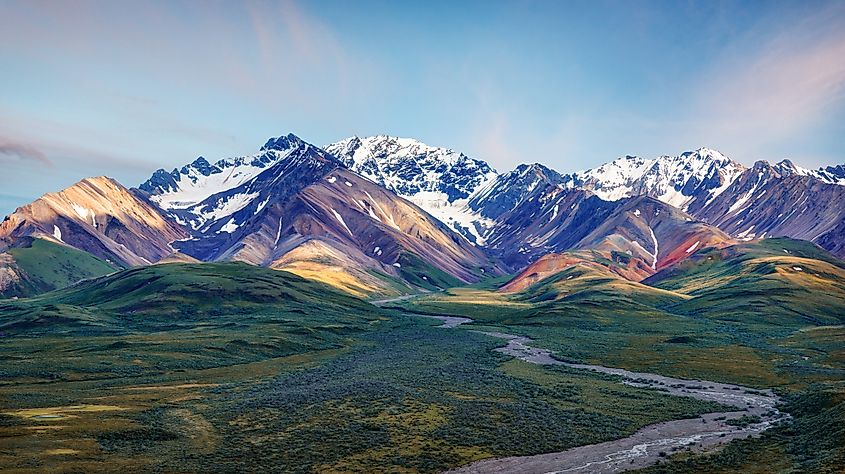
-
Length: 600 miles
-
Age: Around 65 million years
-
Location: Southern Alaska
The Alaska Range is a rugged, glaciated mountain chain that arcs across southern Alaska. It includes Denali, the tallest mountain in North America at 20,310 feet. Remote and often inhospitable, this range is known for its extreme conditions and dramatic beauty.
The Alaska Range formed around 65 million years ago as a result of tectonic collisions and ongoing uplift. Even today, the region is geologically active, with frequent earthquakes and glacial movement.
While less visited than the Rockies or the Appalachians, the Alaska Range offers one of the most pristine wilderness environments in the United States. Mountaineers, bush pilots, and wildlife biologists frequently work in or near the range.
Why These Ranges Matter
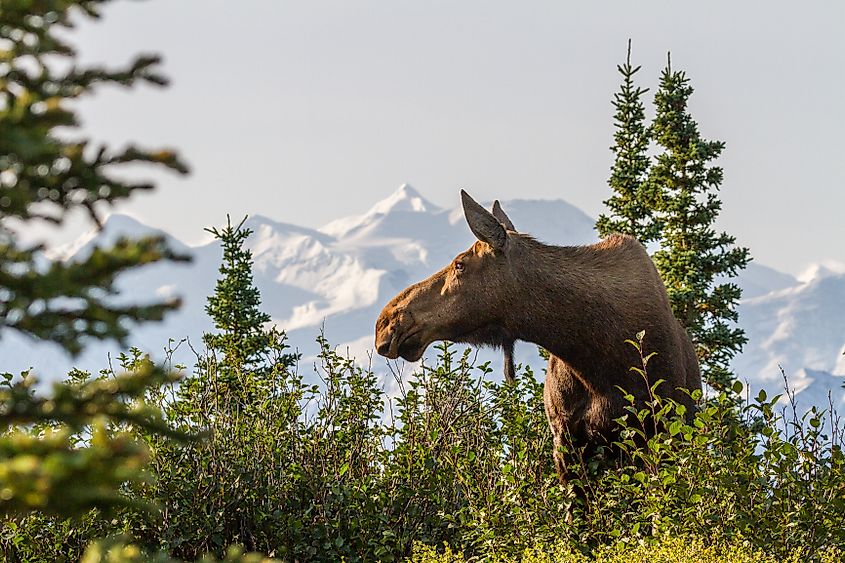
Each of these five mountain ranges contributes significantly to the United States' environment, economy, and identity. They shape local weather patterns, serve as critical water sources, and provide habitats for a vast array of plant and animal species.
They also attract millions of tourists annually, support recreational industries like skiing and hiking, and are deeply woven into the cultural and historical fabric of their regions. For Indigenous communities, early settlers, and present-day explorers, these mountains continue to hold deep meaning.
A Final Word
From the ancient Appalachians to the still-forming peaks of the Cascades, America’s mountain ranges are as varied as they are awe-inspiring. They offer something for everyone, whether you’re seeking solitude in the backcountry, learning about the planet’s deep past, or gazing up at a snow-dusted summit from the valley floor.
Understanding these five major ranges is not only a window into America’s natural history but also a way to appreciate the beauty and power of the landscapes that continue to shape life across the country.
The Major Mountain Ranges
| Mountain Range | Length (Miles) | Estimated Age | Primary Location(s) |
|---|---|---|---|
| Rocky Mountains | ~3,000 | 55–80 million years | Colorado, Wyoming, Montana, Idaho, New Mexico |
| Appalachian Mountains | ~1,500 | Over 480 million years | Eastern U.S. (Georgia to Maine) |
| Sierra Nevada | ~400 | 40–100 million years | California, Nevada |
| Cascade Range | ~700 | 5–40 million years | Washington, Oregon, Northern California |
| Alaska Range | ~600 | 30–60 million years | South-central Alaska |


